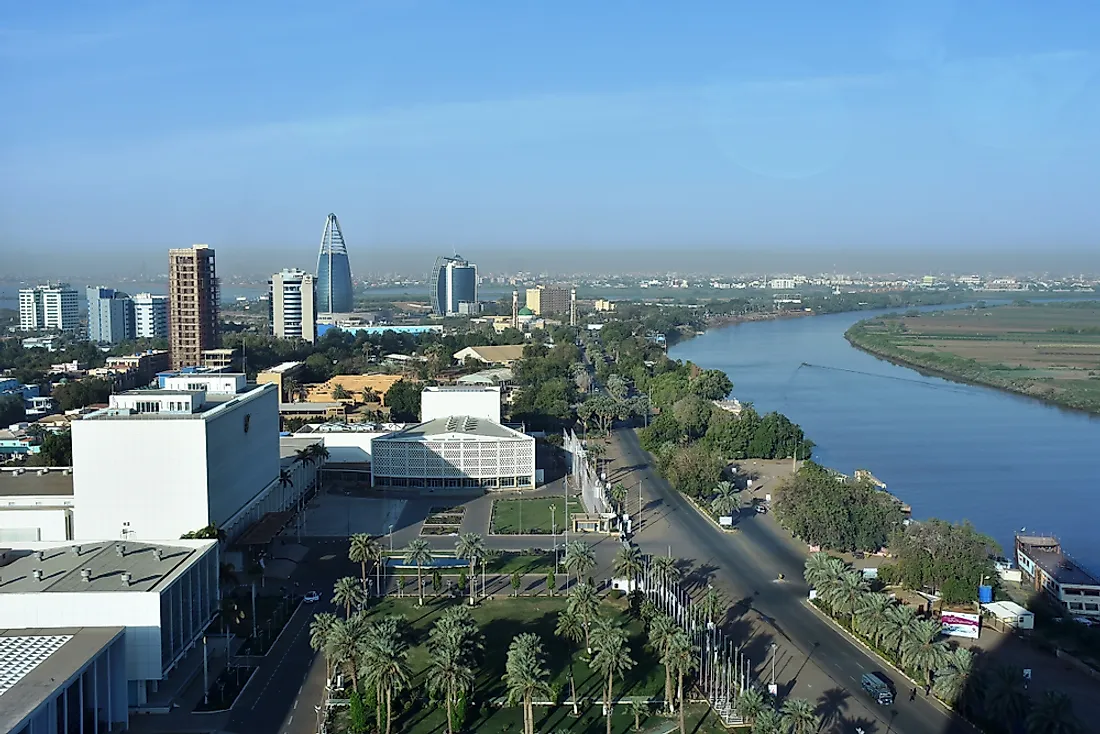What Is The Capital Of Sudan?

Sudan is a nation located in Northeast Africa. The country encompasses an area of 1,861,484 square km and has a population of approximately 3 million people. Sudan is bordered by Egypt, South Sudan, Central African Republic, Chad, and Libya to the north, south, southwest, west, and northwest, respectively. To the east, Sudan shares borders with Eritrea and Ethiopia, and has a coastline along the Red Sea.
What Type of Government Does Sudan Have?
Sudan is governed as a federal presidential representive dominant republic. The President of Sudan holds executive powers and serves as both the head of government and head of state. The legislative branch of the government of Sudan is composed of a bicameral parliament that includes a National Assembly, the lower chamber, and a Council of States, the upper chamber. The judicial branch of government acts independently of the executive and legislative branches. Sudan's legal system is based on Islamic Sharia law.
What Is the Capital of Sudan?
Khartoum is Sudan’s capital city, as well as the capital of Khartoum state. The city occupies an area of 971.2 square km and has a population of 639,598, making it the largest city in Sudan. Khartoum is located at an elevation of 1,250 ft.
Where Is the Capital of Sudan Located?
Khartoum is located near the center of Sudan in northeast Africa. The city is situated at the confluence of the White Nile and the Blue Nile, which are major tributaries of the larger Nile river. After this confluence, the Nile zig-zags through Sudan and into Egypt. Khartoum is a tripartite metropolis that is divided by the two branches of the Nile. The city is linked by bridges to Khartoum North and Omdurman, two of Sudan's largest cities. Khartoum experiences a hot and arid climate, with noticeable precipitation occurring only in the summer months.
History of Khartoum
Khartoum was first settled in 1821 by Ibrahim Pasha, who was the son of Muhammad Ali Pasha, the ruler of Egypt at that time. The city was founded after the ruler had annexed Sudan and made it a part of his kingdom. Established approximately 24 km north of the ancient Sudanese city of Soba, Khartoum was originally founded as a military post, but soon grew into a major trade hub in the region, and a key part of the slave trade. Khartoum became a part of the Caliphate of Omdurman between 1881 and 1885 following a revolt that overthrew the previous regime. In 1898, the British seized control of Sudan, and Khartoum became part of the British Empire. Sudan gained independence from Britain in 1956, and Khartoum became the capital of the newly independent nation.
Role of Khartoum as the Capital of Sudan
As the political capital of Sudan, Khartoum is home to offices and residences of Sudan's highest government officials. Both the bicameral parliament and the nation's highest courts are based in Khartoum. The city also contains Sudan's top educational institutions and the headquarters of the country's financial institutions and banks.











